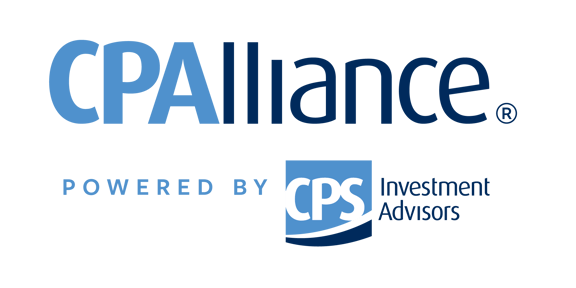Utilizing the 1040 as a Personal Financial Planning Tool for CPAs: Part 1
The Role of the 1040 in Personal Financial Planning
As any good financial planner knows, gathering all the details necessary to make thoughtful and strategic recommendations for your clients is paramount to helping them achieve their financial dreams and goals. To gather everything they need, many advisors utilize a fact-finding tool. At CPAlliance®, we created a tool called the Financial Planning Questionnaire, or FPQ for short. While not every CPA Financial Planner may have access to a custom-made tool to help them on their mission to provide personal financial planning to their clients, you do have a tool you can utilize right now—and you may not even know it! For CPA Financial Planners, especially those that have a tax background, Form 1040 is an incredible fact-finding tool. In this two-part series, we’ll walk through how best to maximize information from Form 1040 to better understand your clients and help them reach their full financial potential.
Disclosures
Before we dive in, let's cover some basics. It's always important to be fully transparent with your clients before diving into their financial information, so be sure to have the appropriate disclosures signed by your client (IRC Rule 7216). To get the most out of the information below, download a copy of Form 1040 to follow along. While Form 1040 is a straightforward data collector for appropriately calculating tax liability, it also holds several potential opportunities to help your clients!
Income
For starters, CPA Financial Planners can review their clients' reported income on Form 1040. This includes wages, self-employment income, investment earnings, and other sources of income. By assessing the sources and amounts of income, Financial Planners can determine the most effective tax planning strategies, such as optimizing deductions and credits, managing tax brackets, and identifying potential investment opportunities.
Deductions and Credits
In addition, Form 1040 provides valuable information about the deductions and credits claimed by individuals. CPA Financial Planners can carefully examine these figures to identify potential tax-saving opportunities, such as mortgage interest, state and local taxes, medical expenses, and charitable contributions. By optimizing deductions and credits, CPA Financial Planners can help clients reduce their tax burdens and increase their overall wealth.
Stay tuned for Part Two as we explore more ways to maximize the information available in Form 1040! If you're ready to dive into Form 1040 as a financial planning tool, join us for our free webinar, 'Form 1040 As a Financial Planning Tool.' Click the image below to register and join us on January 18, 2024 at 1 pm!

